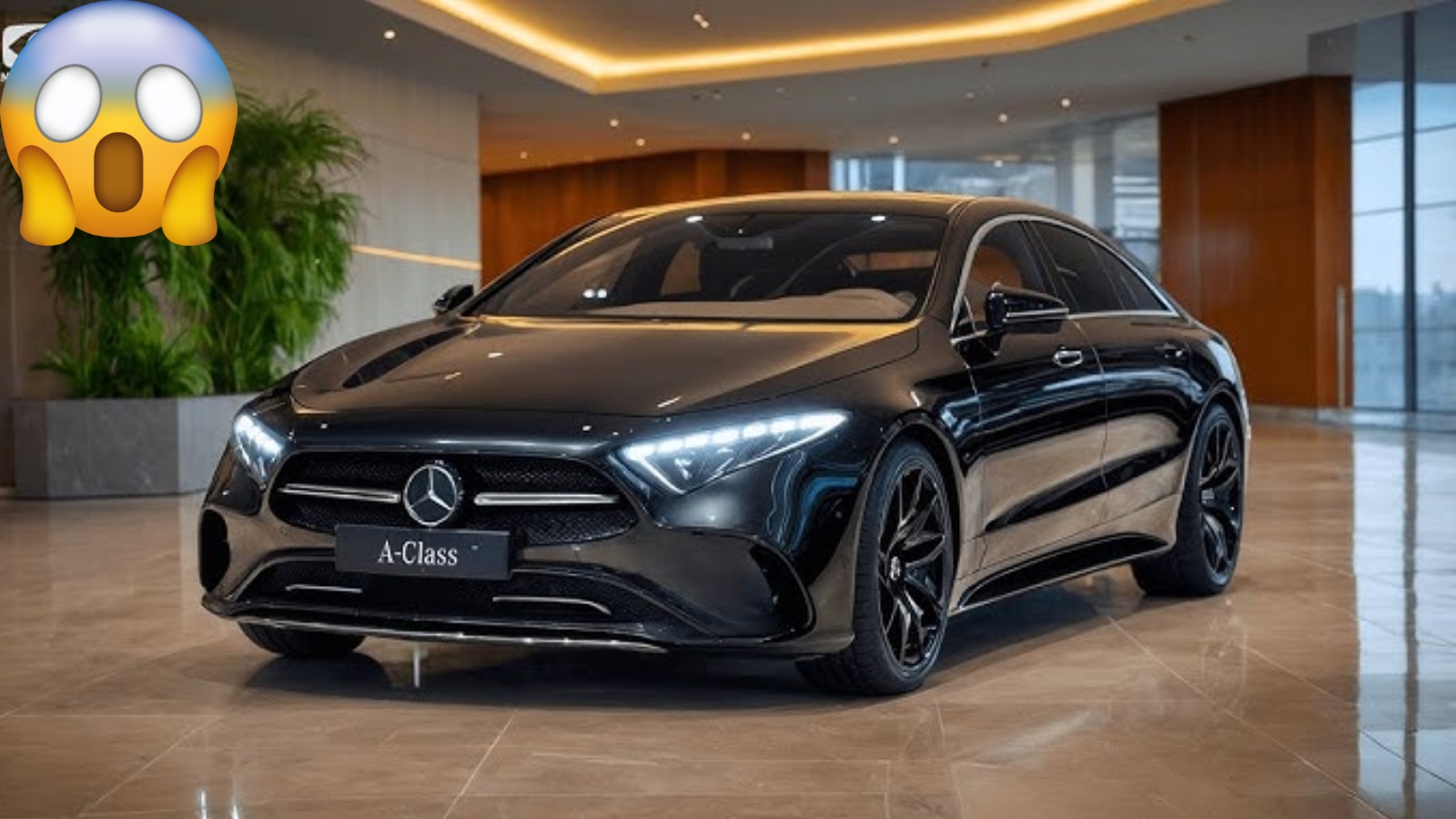When Mercedes-Benz quietly pulled the plug on their Smart brand, car enthusiasts wondered what would fill that compact car gap. The answer was supposed to be the Mercedes A-City – a tiny urban vehicle that promised to bring German engineering to the smallest car segment.
What Was the Mercedes A-City?
The A-City represented Mercedes’ attempt to create a smaller, more affordable version of their A-Class. This supermini was designed to compete directly with popular city cars like the Audi A1 and MINI Cooper. Unlike the quirky Smart ForTwo that could barely fit two people, the A-City promised to offer practical everyday transportation without sacrificing the premium Mercedes experience.
The project emerged from Mercedes’ parent company Daimler recognizing that the Smart brand wasn’t profitable. After struggling since 1994, Smart cars never quite captured mainstream appeal, especially in markets like the United States where bigger vehicles dominate consumer preferences.

Key Features and Specifications
| Feature | A-City Details |
|---|---|
| Body Styles | 3-door and 5-door versions |
| Starting Price | €20,000 (approximately $30,000 AUD) |
| Target Launch | 2022 (originally planned) |
| Market Position | Entry-level luxury supermini |
| Main Competitors | Audi A1, MINI Cooper, BMW i3 |
| Platform | Shared with Mercedes A-Class |
| Additional Variants | Delivery van, car-sharing vehicle |
| Related Models | A-Adventure SUV (planned for 2023) |
Why Mercedes Needed to Replace Smart
Smart cars faced unique challenges that made them difficult to sell globally. In urban centers like New York and San Francisco, their tiny size made perfect sense for navigating tight streets and finding parking spots. However, most car buyers wanted more space, better performance, and greater versatility than Smart could offer.
The electric Smart EQ ForTwo, which became the brand’s final model, struggled against competitors offering longer range and more advanced technology. When charging infrastructure wasn’t widespread enough to support small electric vehicles, Smart found itself in an impossible position.
The Bigger Picture: Urban Mobility Trends
Mercedes recognized that city dwellers needed practical transportation solutions that didn’t compromise on quality. The A-City was meant to bridge the gap between ultra-compact cars like Smart and traditional hatchbacks. This positioning would have allowed Mercedes to capture buyers who wanted premium features in a smaller, more affordable package.
The concept extended beyond just passenger cars. Plans included developing a small delivery van for urban logistics and an on-demand shared vehicle for car-sharing services. These applications showed Mercedes thinking strategically about changing transportation needs in crowded cities.
What Happened to the A-City Project?
Despite initial development, the A-City never reached production. Several factors likely contributed to this decision. First, the automotive industry began shifting rapidly toward electric vehicles, making traditional combustion engine development less attractive. Second, Mercedes decided to focus resources on electrifying their existing model lineup rather than creating new entry-level vehicles.
The premium car market also evolved, with luxury brands moving upmarket to improve profit margins. Developing an affordable car that maintained Mercedes quality standards while competing with established players like MINI proved challenging from a business perspective.
Smart’s Current Status
Smart didn’t disappear entirely. The brand transformed into a joint venture between Mercedes and Chinese automaker Geely, focusing on electric crossovers for global markets. However, these new Smart vehicles are larger, more expensive, and quite different from the tiny city cars that made the brand famous.
Would the A-City Have Succeeded?
Looking at market trends, the A-City faced significant challenges even if it had launched. Consumers increasingly prefer SUVs and crossovers over traditional hatchbacks, even in urban environments. The success of vehicles like the Mercedes GLA shows that buyers want elevated seating positions and practical cargo space.
Additionally, the rapid advancement of electric vehicle technology might have made a conventional A-City outdated quickly. Mercedes ultimately chose to invest in electric platforms that could support multiple model lines rather than developing a single small car.
Lessons for the Automotive Industry
The A-City story illustrates how quickly automotive priorities can change. What seemed like a logical product just a few years ago became less relevant as electric vehicles gained momentum and consumer preferences shifted. Car manufacturers must balance current market needs with long-term strategic planning.
Frequently Asked Questions
Q: Will Mercedes ever make another small car like the A-City?
A: Mercedes currently focuses on electric vehicles and luxury models, making a traditional small car unlikely.
Q: Can I still buy a Smart car?
A: Smart now makes electric crossovers in partnership with Geely, but the tiny ForTwo is discontinued.
Q: What’s the smallest Mercedes you can buy today?
A: The A-Class represents Mercedes’ entry-level offering, though it’s larger than the planned A-City would have been.
Maserati Quattroporte EV Set for 2026 Debut with Bold New Design

